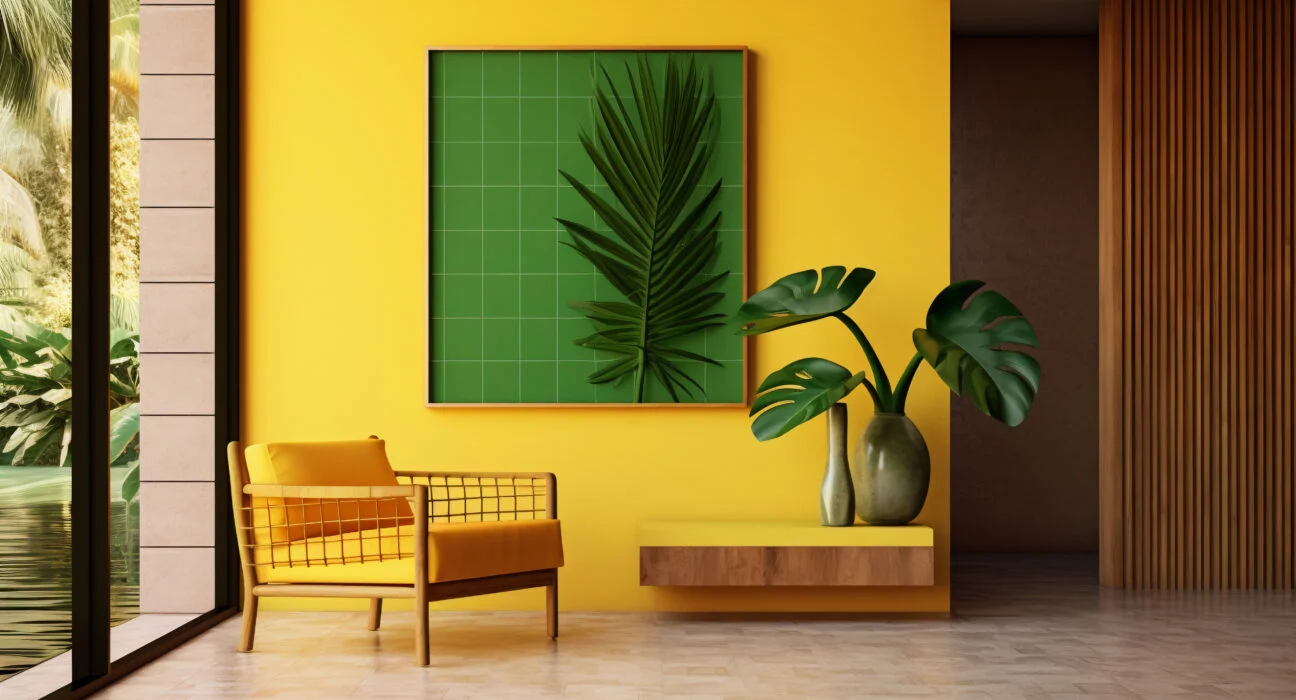All visual art is constructed using colour theory as its basis. Painting with oil pastels or any other medium requires an understanding of colour relationships and interactions. Understanding colour theory opens up a world of creative possibilities for oil pastel artists, enabling them to use vivid colours and nuanced tones to convey mood, atmosphere, and emotion. Let’s examine colour theory concepts in relation to oil pastels and see how artists might utilize this understanding to improve their work.

What basics should one know about colour theory?
The colour wheel, which divides colours into primary, secondary, and tertiary hues, is one of the basic ideas of colour theory. The colour wheel can be used by artists to produce harmonious colour schemes in oil pastel paintings that elicit a variety of moods and feelings. For instance, in a landscape painting or still-life composition, similar colour schemes—comprising hues that are next to each other on the colour wheel—can evoke a feeling of harmony and serenity. However, in an abstract or portrait piece of art, complimentary colour schemes—that is, colour combinations that are opposite one another on the colour wheel—can produce striking contrasts and visual intrigue.
What is hue in colour theory?
Artists using oil pastels also need to have a solid understanding of colour attributes, including hue, value, and intensity. Value describes the lightness or darkness of a colour, whereas hue refers to the pure spectrum colours, such as red, blue, and yellow. Intensity, which is a synonym for chroma, or saturation, describes how vivid or muted a colour is. Artists can add depth, dimension, and atmosphere to their oil pastel paintings by adjusting these characteristics. For instance, in a painting of a seascape, an artist can create the impression of depth by combining lighter and darker colours of blue; similarly, adding splashes of vivid red can establish focus points and visual attention.
What are warm and cool colours?
Knowing how warm and cool colours affect the viewer’s psyche is another crucial component of colour theory in oil pastels. Cool colours like blue, green, and purple are linked to serenity, tranquillity, and calmness, while warm colours like red, orange, and yellow are linked to energy, passion, and excitement. Through the intentional use of warm and cool colours in their artwork, artists can elicit particular feelings and establish a desired environment. For instance, bright colours like orange and red may be used in a landscape painting at sunset to represent the warmth and beauty of the setting sun, while cool colours like blue and white may be used in a winter landscape painting to represent the cold and quiet of the wintertime.
Conclusion: When using oil pastels, artists need to understand colour theory in order to create harmonious colour schemes, portray mood and atmosphere, and elicit feelings from the viewer. Through a comprehensive grasp of colour theory, hue characteristics, and the emotional impact of warm and cold tones, artists may fully utilize oil pastels as a vivid and expressive medium. One can learn the art of oil pastels from Sukrutham Kala Kendra’s expert teachers.







